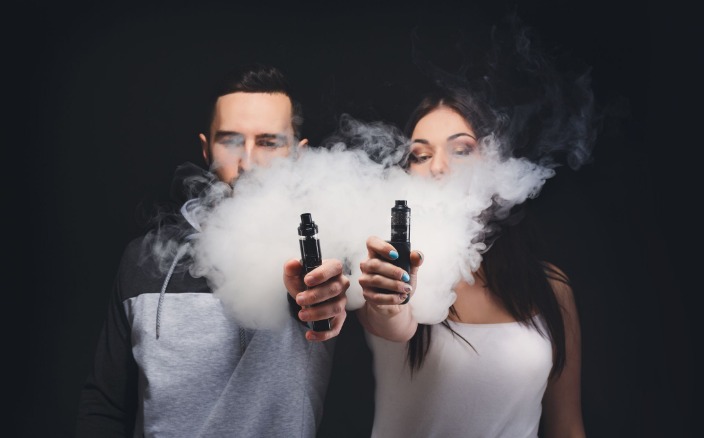Vaping has revolutionized the way people consume nicotine and other substances. Since its inception, it has rapidly gained popularity, especially among young adults. This article delves into the myriad facets of vaping, touching upon its rise, the science behind it, and its implications on health and society.
The Rise of Vaping Culture
The early 21st century saw the advent of e-cigarettes, which laid the foundation for the modern vaping culture. These devices were marketed as a healthier alternative to traditional smoking. As technology advanced, vaping devices became more sophisticated, offering a range of flavors and nicotine levels.
Technological Advancements
From simple e-cigarettes to advanced box mods, the innovation in vaping technology is staggering. Modern devices offer customizable settings for temperature, wattage, and even coil resistance. These advancements make vaping more appealing to a broader audience, including both beginners and seasoned users.
Flavors Galore
One of the most attractive aspects of vaping is the plethora of flavors available. From classic tobacco and menthol to exotic fruit blends and dessert flavors, the variety is endless. This not only enhances the vaping experience but also allows users to experiment and find their preferred taste.
The Science Behind Vaping
Understanding how vaping works is crucial to appreciating its impact. Vaping devices heat a liquid (commonly known as e-liquid or vape juice) to create an aerosol, often referred to as vapor. This vapor is then inhaled by the user, delivering nicotine and flavor without the combustion process of traditional cigarettes.
Composition of E-liquids
E-liquids typically contain four main ingredients: propylene glycol (PG), vegetable glycerin (VG), nicotine, and flavorings. PG and VG serve as the base, creating the vapor and carrying the flavor, respectively. Nicotine concentration can vary, allowing users to gradually reduce their dependence if they wish.
Health Implications
The health effects of vaping are still under extensive research. While it is generally considered less harmful than smoking, it is not without risks. Some studies suggest potential respiratory issues and other long-term health effects. Therefore, it is crucial to approach vaping with caution and stay informed about ongoing research.
Read more about rechargeable disposable vape here.
Societal Impact
Vaping has significantly impacted society, influencing patterns of nicotine consumption and public health policies. It has also sparked debates on regulation, marketing, and youth accessibility.
Regulation and Legislation
Many countries have enacted laws to regulate the sale and use of vaping products. These regulations aim to curb youth access and ensure product safety. However, the approach to regulation varies widely across different regions, reflecting diverse societal attitudes towards vaping.
Youth and Vaping
The rise in vaping among adolescents is a growing concern. Flavored e-liquids and discreet devices have made it easier for young people to start vaping. Schools and parents are increasingly vigilant, and educational campaigns are being launched to raise awareness about the potential risks.
In conclusion, vaping is a multifaceted phenomenon with significant implications for health, technology, and society. As research and regulations evolve, it remains essential to stay informed and make conscious choices regarding its use.

